Technological Innovations
Technological advancements play a crucial role in shaping the Hydraulic Hoist Market. Innovations such as smart hoisting systems, which integrate IoT technology, are becoming increasingly prevalent. These systems offer real-time monitoring and diagnostics, improving operational efficiency and safety. The market is witnessing a shift towards automation, with hydraulic hoists being equipped with advanced control systems that enhance user experience. In 2025, it is estimated that the integration of technology in hydraulic hoists could lead to a 20% increase in market efficiency. This trend not only boosts productivity but also attracts new investments, further propelling the market forward.
Growth in Manufacturing Sector
The manufacturing sector is a vital driver for the Hydraulic Hoist Market. As production facilities expand and modernize, the need for efficient material handling solutions becomes critical. Hydraulic hoists are increasingly utilized in manufacturing processes due to their ability to lift heavy components with ease. In 2025, the manufacturing sector is expected to grow at a rate of 4%, which will likely lead to a corresponding increase in the demand for hydraulic hoists. This growth is attributed to the rise of automation and the need for streamlined operations, prompting manufacturers to invest in advanced lifting technologies.
Rising Focus on Sustainability
Sustainability is becoming a central theme in the Hydraulic Hoist Market. As companies strive to reduce their carbon footprint, there is a growing emphasis on eco-friendly lifting solutions. Hydraulic hoists that utilize energy-efficient technologies are gaining traction, as they align with corporate sustainability goals. In 2025, it is projected that the market for sustainable hydraulic hoists will expand by 25%, driven by increasing awareness and regulatory pressures. Manufacturers are innovating to create hydraulic hoists that not only meet performance standards but also adhere to environmental guidelines, thus enhancing their competitive edge in the market.
Increasing Demand in Construction Sector
The Hydraulic Hoist Market is experiencing a surge in demand, particularly driven by the construction sector. As urbanization accelerates, the need for efficient lifting solutions becomes paramount. Hydraulic hoists are favored for their ability to handle heavy loads with precision and safety. In 2025, the construction industry is projected to grow at a rate of approximately 5.5% annually, which directly correlates with the rising adoption of hydraulic hoists. This growth is further fueled by infrastructure projects and residential developments, necessitating advanced lifting equipment. Consequently, manufacturers are innovating to meet the specific needs of this sector, enhancing the overall market landscape.
Regulatory Compliance and Safety Standards
The Hydraulic Hoist Market is significantly influenced by stringent regulatory compliance and safety standards. Governments and regulatory bodies are enforcing rigorous safety protocols to ensure the safe operation of lifting equipment. This has led to an increased demand for hydraulic hoists that meet these standards, as companies prioritize worker safety and operational reliability. In 2025, it is anticipated that compliance with safety regulations will drive a 15% increase in the adoption of certified hydraulic hoists. Manufacturers are responding by enhancing their product offerings to align with these regulations, thereby expanding their market share and fostering consumer trust.


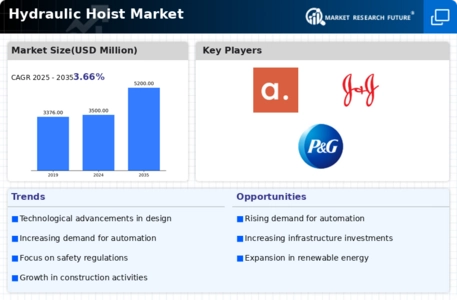
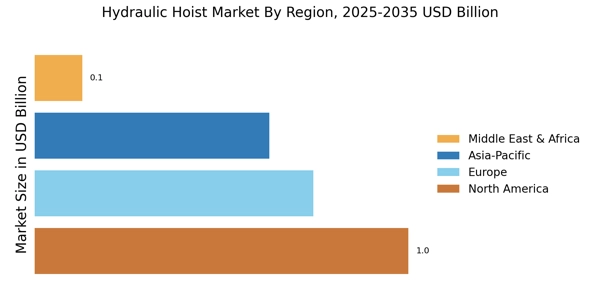

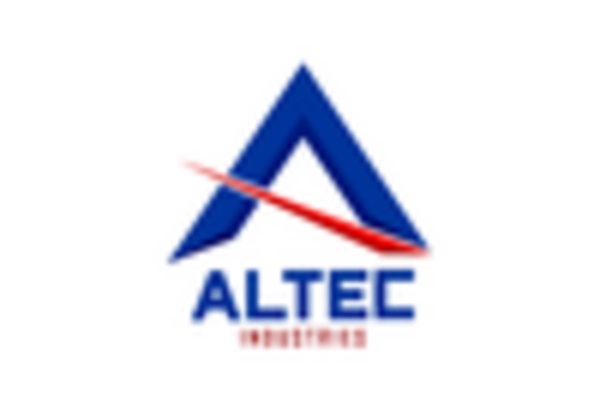
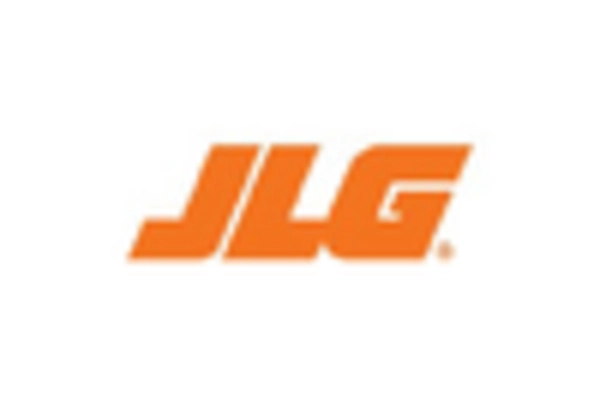

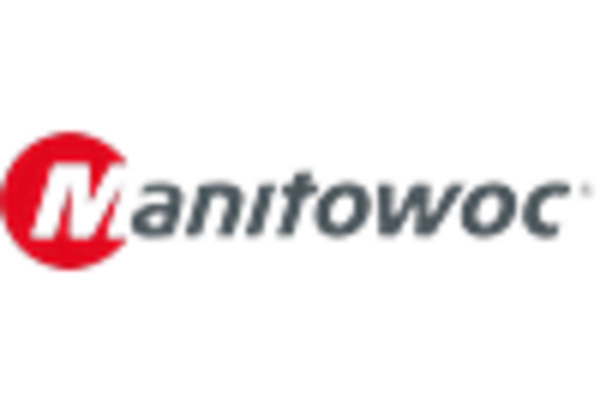
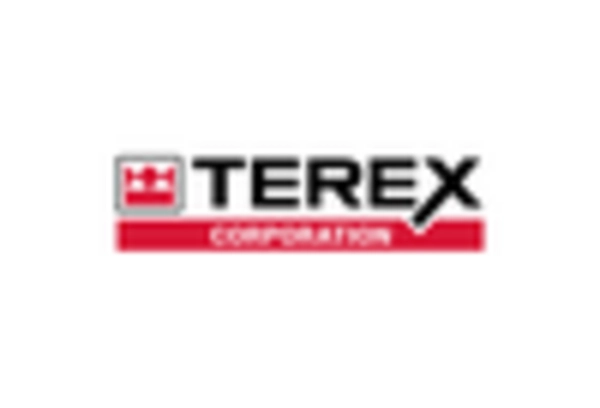








Leave a Comment